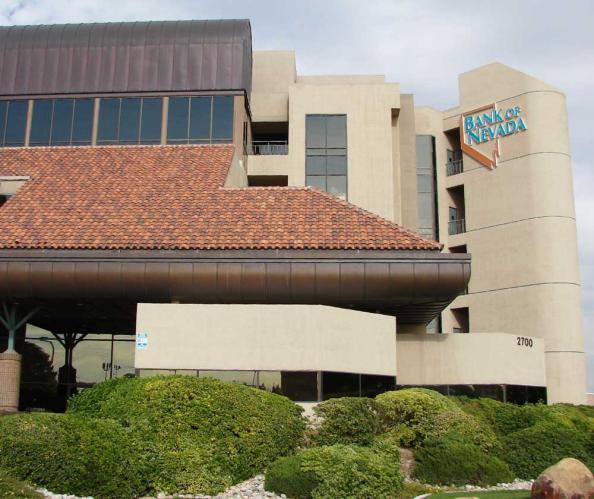3 Strategies for Financial Management Improvement at Nonprofits
Defining a concrete financial management plan can be a cornerstone for helping a nonprofit organization successfully deliver on its mission. A knowledgeable banker with nonprofit expertise can offer an array of tailored solutions and see to your organization’s current money management needs while supporting your future programs and initiatives. Here’s why it matters.
1. Specialized products are a must
From standard deposit products to feature-rich business credit cards, an organization’s bank of choice should be well-versed in the ever-changing needs of the nonprofit sector. When establishing a banking relationship, the nonprofit should look for:
- Specialty checking accounts such as those offered through Bank of Nevada’s Community Alliance Program
- Commercial credit cards that offer competitive features like 24-hour support, rewards and purchasing card capabilities
- Management tools like Bank of Nevada’s EZ Business program for company administrators
2. Effective, efficient treasury management
Treasury management tools go hand in hand with astute nonprofit management, as they allow for easy reporting and transparent money movement. A nonprofit can benefit from a responsive banking relationship that offers:
- ACH Credit for quick disbursement of electronic payments to all applicable parties—from employees to tax entities
- Wire Transfers for the ability to finalize and fund a new initiative with no delay
- Account Reconciliation to ensure future audits are error free
- Positive Pay for fraud mitigation against checks and ACH credits into the nonprofit account
3. A wide range of lending options is beneficial
A regular review of strategic plans and funding sources may uncover additional needs that only a bank can fulfill. If the costs of a new program exceed the contributions for said program, it may not make sense to move forward. However, if the efforts are determined to be advantageous overall, the nonprofit needs to plan for the disparity in funding.
Having a revolving line of credit can help address temporary budget deficits. Similarly, secured loans can make business decisions easier with flexible repayment terms and higher credit lines matched to the nonprofit’s secured collateral. Perhaps an alternative loan type will make the most sense as an industry expert reviews the needs of the nonprofit to determine the applicable solution, such as:
- Lease-revenue financing
- Utility revenue debt
- General obligation debt
- Equipment financing
- Real estate loans
- Tax-backed debt
Bank of Nevada understands the complex needs of nonprofits whether newly formed or well established and has an excellent track record for serving state’s nonprofit community. As well, Bank of Nevada is focused on the community with a history of giving back through contributions, grants, employee volunteerism and community development loans. Learn more about how Bank of Nevada supports nonprofits.
Bank of Nevada
Bank of Nevada, a division of Western Alliance Bank, Member FDIC, delivers relationship banking that puts clients at the center of everything. Founded in 1994, Bank of Nevada offers a full spectrum of tailored commercial banking solutions delivered with outstanding service. With offices in Las Vegas, Henderson, North Las Vegas and Mesquite, Bank of Nevada is part of Western Alliance Bancorporation, which has more than $80 billion in assets. Major accolades include being ranked as a top U.S. bank in 2024 by American Banker and Bank Director. As a regional bank with significant national capabilities, Bank of Nevada delivers the reach, resources and local market expertise that make a difference for customers.
